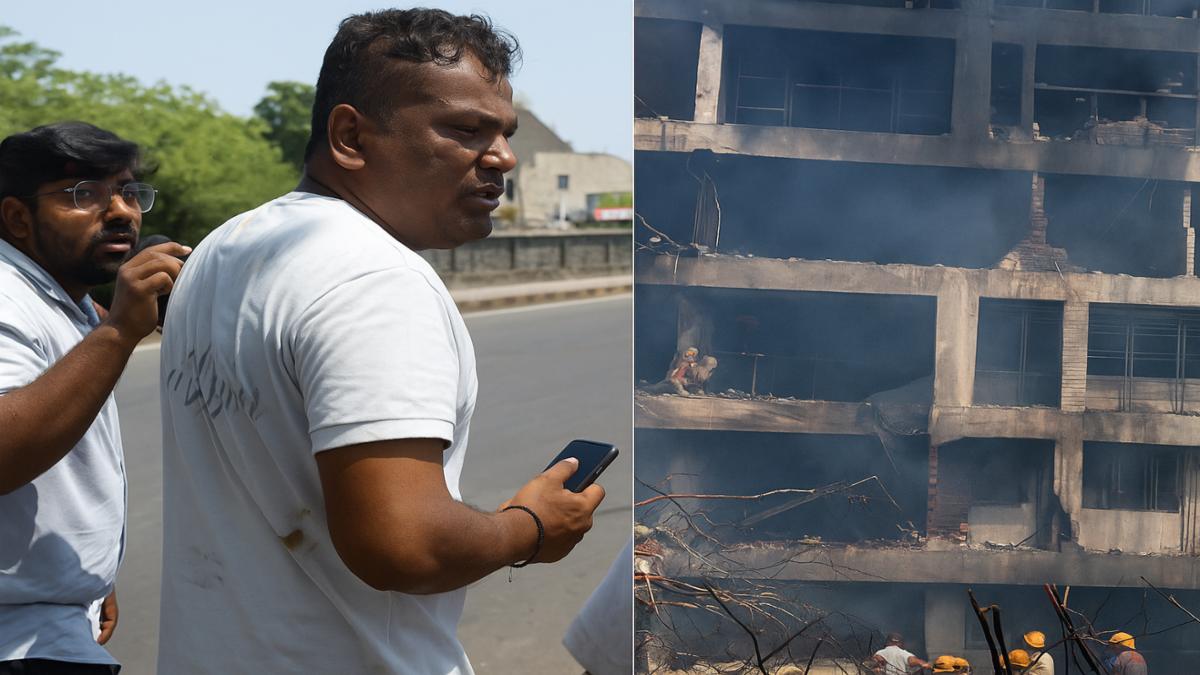Article Body
The Haunting of Seat 11A: The Lone Survivor’s Escape from the Fire
Seat 11A on Air India’s ill-fated Boeing Dreamliner was never meant to be a headline. Tucked just behind the emergency exit, it's often sold to passengers who prefer extra legroom—ideal for comfort, less so for safety. But on that devastating flight, it became the narrow threshold between life and death.
Ramesh Vishwaskumar Bucharvada, a 48-year-old mechanical contractor from Jamnagar, Gujarat, had picked 11A almost instinctively during web check-in. "Extra space," he told his son over WhatsApp the night before boarding. He had no idea that seat selection would determine his fate.
When the aircraft spiraled into chaos—screams, smoke, fire—11A’s location proved ironically perilous. While seated behind the emergency exit, the seat is adjacent to the wing, making it vulnerable to fire and fuel impact. It’s also statistically more dangerous in crash landings due to obstructed evacuation routes if the wing is compromised.
But luck—or fate—intervened.
The forward emergency exit was jammed, the mid-cabin door engulfed in flame. The only accessible escape was behind him. Despite a sprained leg and shattered glass underfoot, Ramesh crawled out through the partially breached fuselage, assisted by a crew member who died moments later from smoke inhalation.
Of 237 passengers, he was the only one to walk away alive.
Today, Seat 11A is grounded, the aircraft's charred remains being analyzed forensics teams. But in aviation circles, it is now discussed in hushed tones—a seat of survival, but also of eerie vulnerability.

Comments